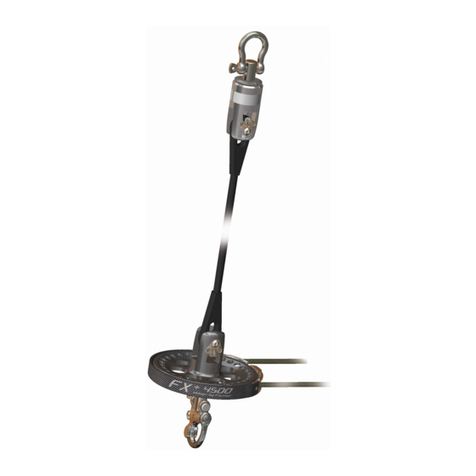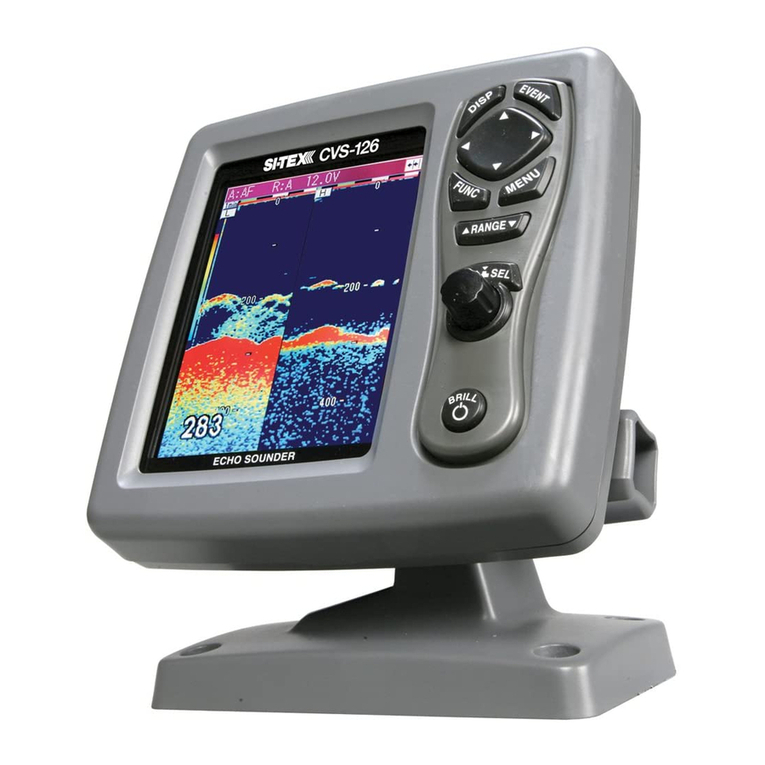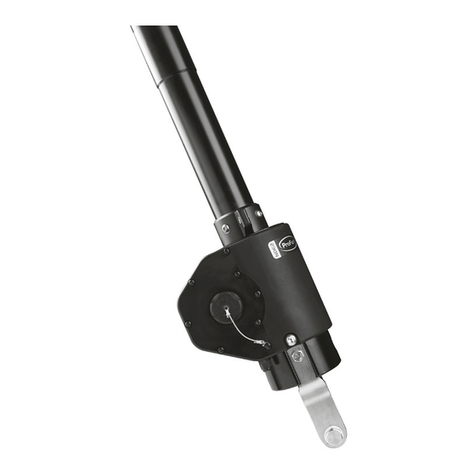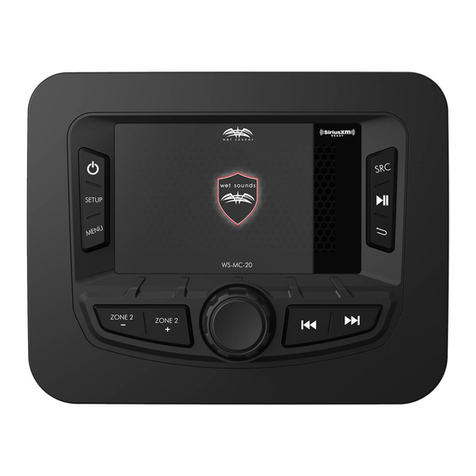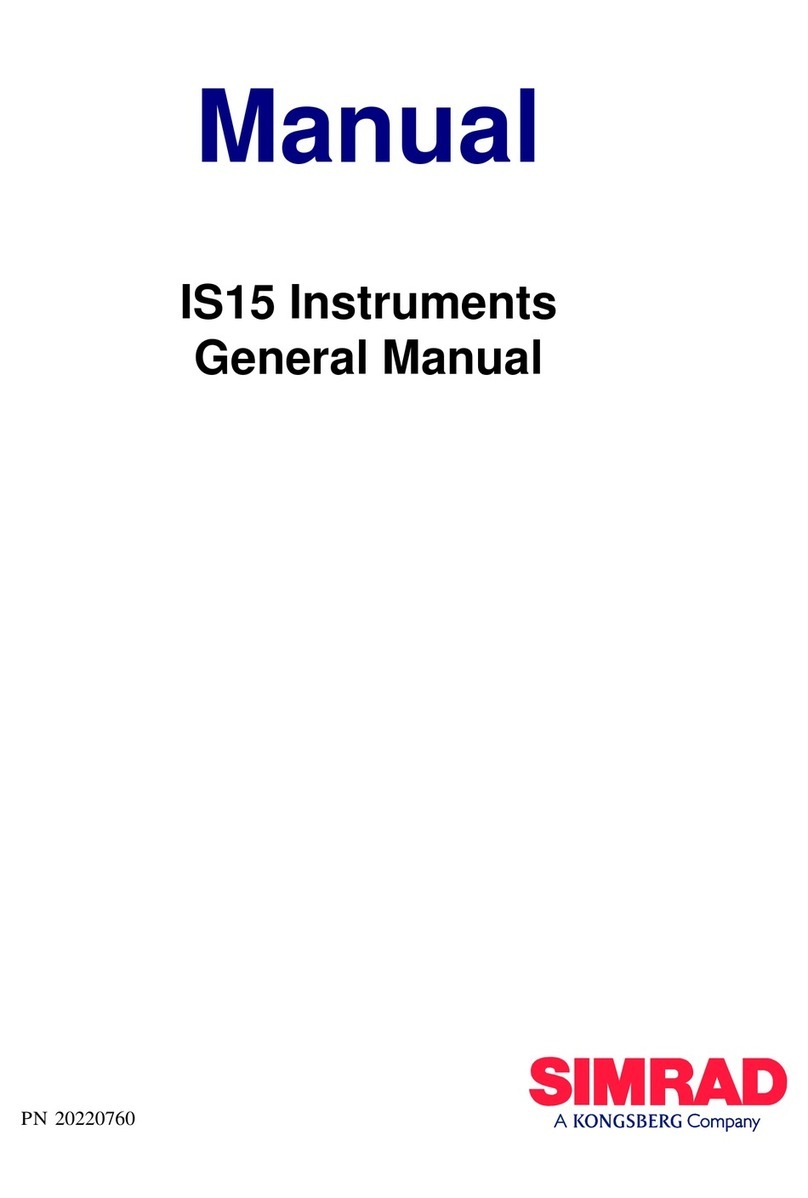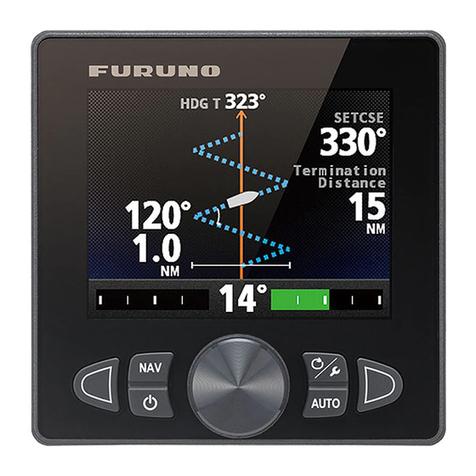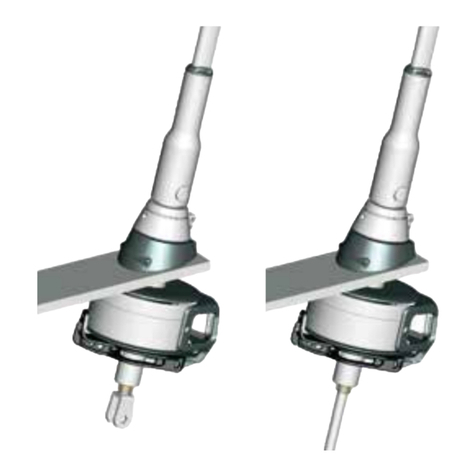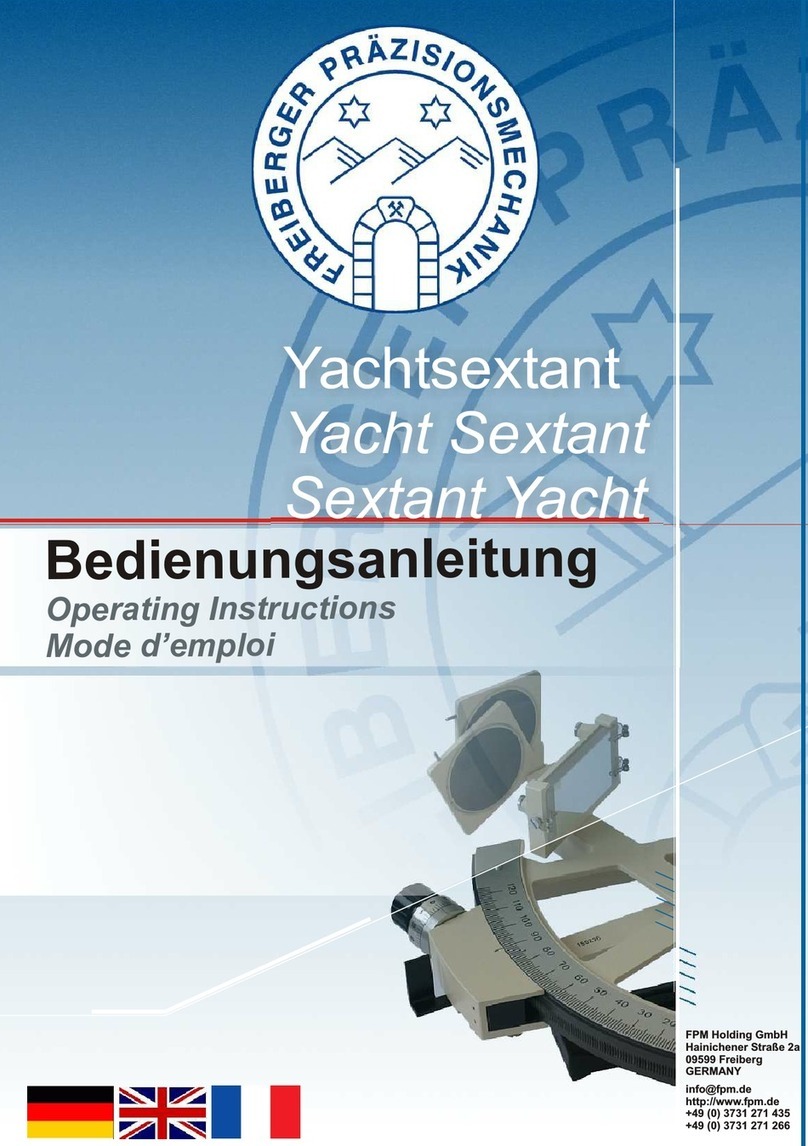Megaware KeelGuard User guide

APPLICATION INSTRUCTIONS
The KeelGuard is a very simple product to install; however, the following instructions must be
strictly followed. Any short cuts or missed steps will jeopardize and compromise the full
bonding capabilities of the 3M adhesive. Please pay particular attention to the notes on new
boats, aluminum boats, trailer rollers, anti-fouling and boat bottom paint.
Typically, the KeelGuard is mounted 4 to 6 inches above the waterline on the bow, ending at
least 2-3 feet beyond the lowest point of the Keel. If protection is required above the bow eye, a
separate Bow Guard is available in 1ft to 3ft lengths. A stainless steel bow protector is also
available to protect against marring from the trailer roller or V brace. For personal watercraft,
begin the KeelGuard approximately 1 inch below the bow hook and run the length of the keel,
ending 4 to 6 inches forward of the pump intake. (Installing the KeelGuard too close to the pump
intake may cause cavitation on some PWCs). Also, some newer designed PWCs have stepped
hulls that may require shorter lengths. Please contact Megaware KeelGuard to determine
feasibility.
Installation consists of four basic steps. 1) Etching 2) Cleaning 3) Priming and 4) Applying or
Burnishing. Average installation time is 45-60 minutes depending on the length of the
KeelGuard. Follow the same instructions for both aluminum & fiberglass boats.
Your KeelGuard kit comes complete with everything you need to professionally install the
KeelGuard, except a cleaning agent used in step 2. EPA regulations make the shipping of this
material cost prohibitive; however, the cleaning agent is readily available at most automotive,
paint or hardware stores.
IMPORTANT! Remember, the bond is only as good as the surface to which it is applied. Severe
damage to your boat’s keel, repairs that have not been done professionally, or any surface paint
or gel-coat that may not have the proper bond to the boat’s original finish, can cause de-
lamination of the KeelGuard, taking any loose or improperly prepared paint with it. It is
important to have a good solid, surface before you start.
Note: If your trailer is designed such that the entire weight of the boat rests on the rollers or a
support beam along the keel, we do not recommend installing a keel protector. If the rollers can
be lowered or the side bunks raised to clear the rollers, the 3M adhesive bond will not be
compromised. May not be suitable for some aluminum boats with protruding reinforced rib
design. Please contact Megaware KeelGuard for specifics.

Step 1: Etching (Scuffing) Before application of the KeelGuard, the
fiberglass mold release agents and wax must be removed. This step is
extremely important and must be done thoroughly so that the full
bonding qualities of the 3M adhesive can be realized. The removal of
the release agent or any other contamination is best accomplished by
using the 3M Scotchbrite pad provided in each kit. Etch or scuff the
keel surface where the guard is to be installed. This helps give 3M’s
adhesive a better mechanical bond. The supplied pad is a mild grit and
will not damage the keel’s gel coat or paint. If you have access to a DA
sander, this can be used instead of the Scotchbrite pad. We recommend
not using anything stronger than a 180 grit sand paper.
Step 2: Cleaning After etching the hull, follow-up by thoroughly
cleaning the area with alcohol, acetone, toluene, or zylene. The keel
should be wiped thoroughly with clean rags or paper towels, and then
re-wiped with another clean rag or paper towel using one of the above
recommended agents. Other solvents such as Acry-Lac cleaner, Liquid
Sandpaper and Interlux 202 or other wash solvents containing Xylene
or Toluene with Alcohol may be used. Do not use paint thinner or other
petroleum based cleaners as they will leave a film, and compromise the
bond to the adhesive. Always remember to wear rubber gloves and read
the manufacturers safety precautions when using these solvents.
Step 3: Priming After thoroughly cleaning the keel area as outlined in
step 2, it is time to apply a very thin coat of the 3M #94 Keel Primer
provided in the kit. Follow the instructions attached to the applicator.
Make certain that the entire area where the KeelGuard will be
applied is primed, especially the edges. The primer interacts with the
adhesive to create a bond that will become stronger over time. Do not
confuse the primer for a cleaning agent! This primer is clear and will
dry instantly. Do not over prime, leaving too little primer to complete
the job.
Step 4: Applying or Burnishing the KeelGuard Before applying the
KeelGuard, it should be unrolled and set in the sun for approximately
10 minutes. This helps the KeelGuard become softer and more pliable,
making installation easier. Usually laying the KeelGuard over the bow
of the boat is enough to soften the material. If the KeelGuard is going to
be applied during cooler weather, we recommend taking the KeelGuard
indoors and unroll it until it lays flat and becomes pliable. The
KeelGuard should not be applied when temperatures drop below 60°
Fahrenheit.

The adhesive has a protective red plastic liner that has been scored
approximately 1 inch wide down the center. This is done to aid in
centering the KeelGuard. Carefully pull back the center liner or sheath
approximately 2 feet, exposing the 3M adhesive tape. Start removing
the sides of the protective liner, being careful not to touch the adhesive
to anything that could contaminate it, including your fingers. Align the
KeelGuard with the center of the keel and press on by hand or with the
burnishing tool. (Be careful not to touch the adhesive and KeelGuard to
the keel until you are satisfied that it is centered and aligned properly.
Once the adhesive touches the primed surface, it becomes a permanent
bond and will not let go without tearing the adhesive tape).
Pull back the protective strips one side at a time 2 to 3 feet and begin
pressing on with the burnishing tool. Work from the center out to
ensure no air is trapped between the hull and adhesive. Do one side up
to 3 feet and then the other. If you are applying the KeelGuard over
chines or lifting strakes, leave about 2-3 inches above the strake
unattached. Press and bond under the strake first and then continue
above and press on the remaining 2-3 inches meeting up with the
already attached material. This will help relieve any stretching of
material when going over irregular or protruding surfaces. Continue
working toward the rear in 2 to 3 foot sections until completed. After
the KeelGuard is completely attached, go over it again with the burnishing tool, applying strong
force and pressure making certain that all edges are pressed down firmly.
Great! You are now finished and ready to enjoy worry-free boating. No curing time is required.
The boat or personal watercraft can be put in the water. If you have any questions, please call us
at 1-800-292-9835.
This manual suits for next models
9
Table of contents
Popular Marine Equipment manuals by other brands
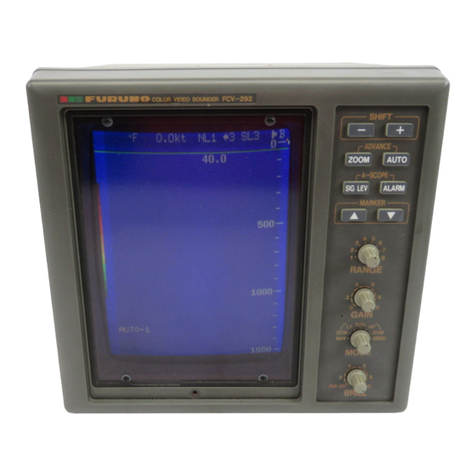
Furuno
Furuno FCV-292 Operator's manual
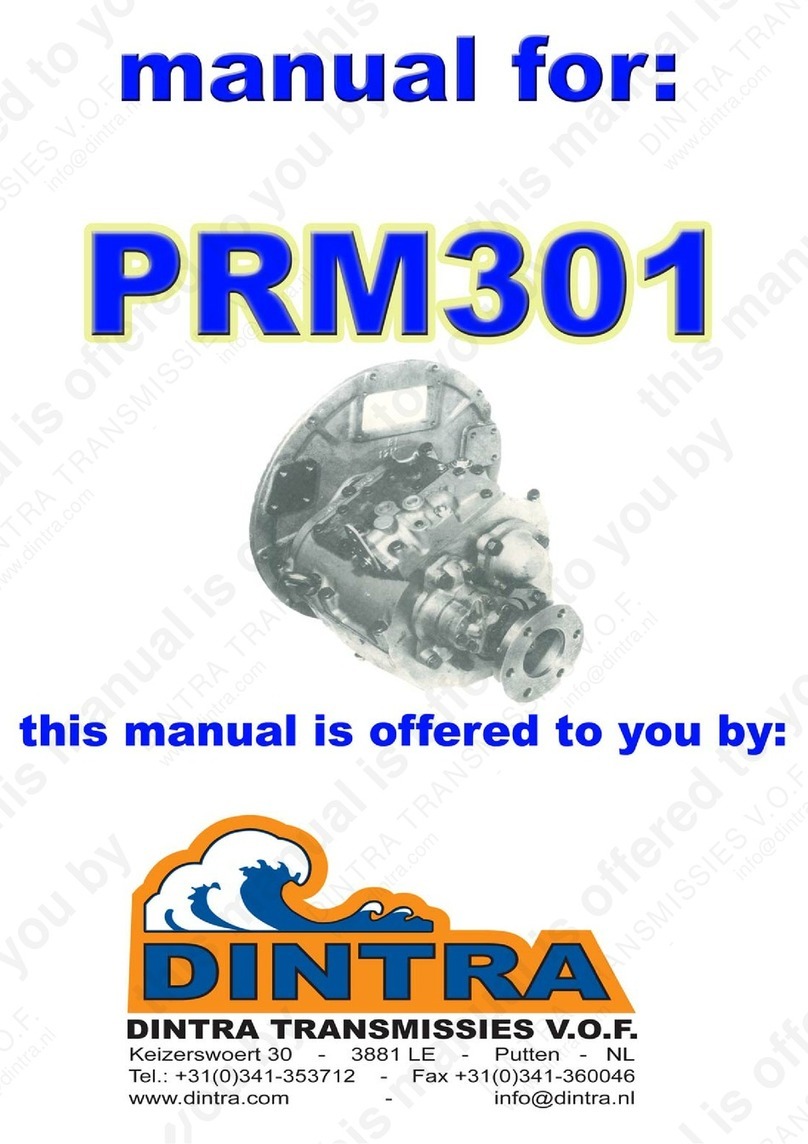
New Age
New Age PRM 301 Workshop manual
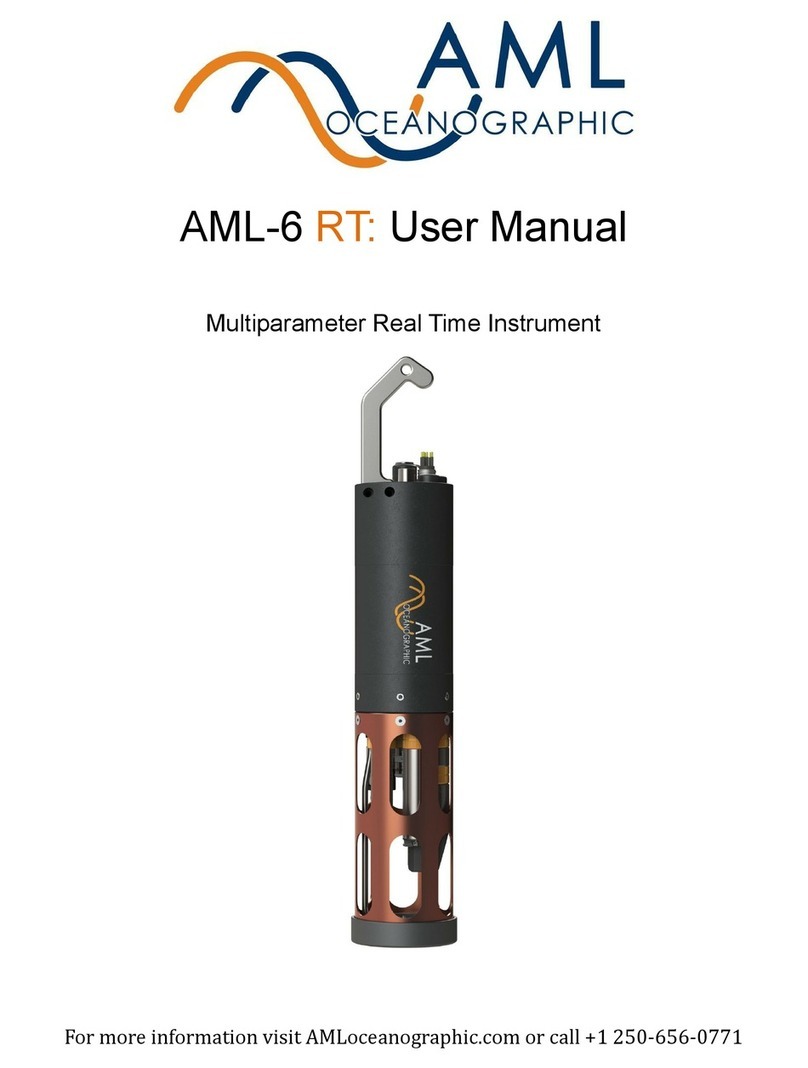
AML Oceanographic
AML Oceanographic AML-6 RT user manual

Furuno
Furuno FMV-605 Operator's manual
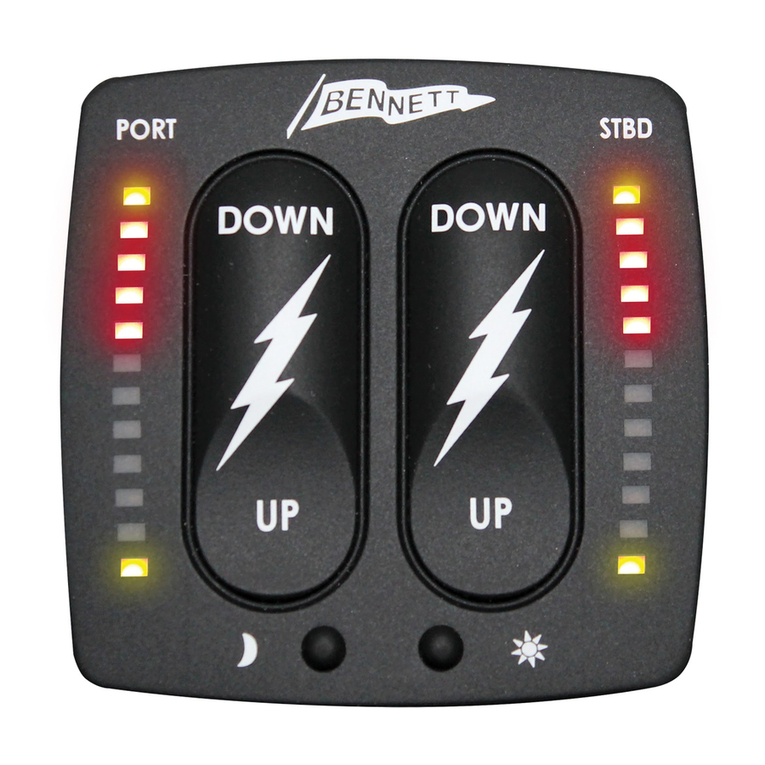
Bennett
Bennett BOLT Control BCI8000 Installation and quick start manual
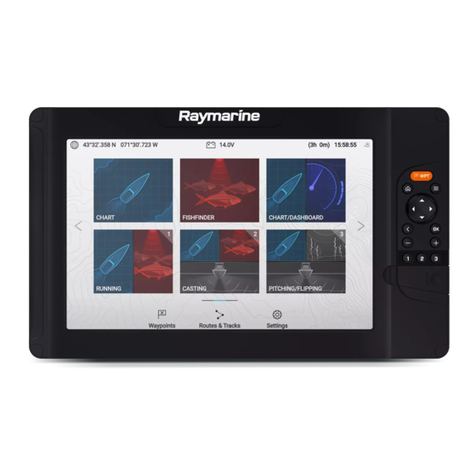
Raymarine
Raymarine LIGHTHOUSE SPORT 3.18 Operation instructions


